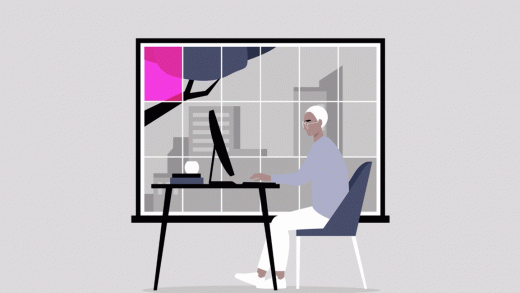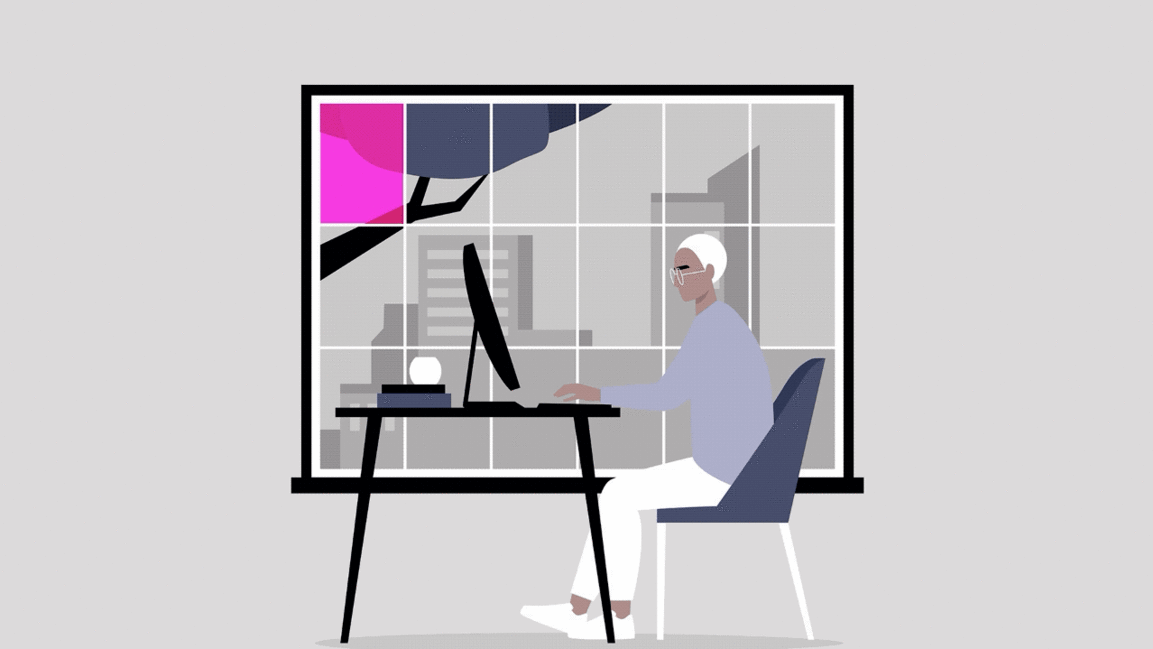3 ways to keep creative juices flowing even when innovation spending gets cut
Innovation doesn’t have to require deep pockets. We often think about the cost of innovation relating to R&D labs, hiring top scientists, and emerging technology, when really, we need to invest in creating the right environment for innovation to take place. It’s about spending time, not money.
Corporates don’t need big budgets, they need a company culture that gives individuals the space to invent and experiment freely. The obstacle, however, is that corporate businesses have long been dominated by hierarchies and bureaucracy that keeps employees siloed. They’re also notorious for high-pressured environments—which suffocates the mental potential of employees.
In under 60 years, 88% of Fortune 500 firms have failed, largely because they haven’t made creativity a priority in their work cultures.
Yet creative companies outperform their peers in revenue growth and talent acquisition, which ultimately translates to higher profits. Research also proves that organizations that invest in and value creativity have happier, less stressed, and more productive teams.
Creative freedom dissolves mental boundaries and gets employees into a state of flow, where they can build new thought connections and express themselves with less inhibition. It acts as a bridge between humans and the company, by encouraging employees to bring more of their personality and life experiences into finding solutions.
In 2021, creativity is inextricable from innovation, and the companies (regardless of their size and budget) that truly value new ideas and better solutions need to slip on their creative hats, at no extra cost.
Use fun to dismantle corporate rigidness
Corporate culture is typically associated with heavy workloads and high stress levels. These cortisol-filled environments are propped up by the myth that working long hours is the only path to success, but in reality this environment only restricts productivity, creativity, interpersonal relationships and well-being. What corporations are fundamentally doing is blocking the release of dopamine in employees’ brains, and smothering any possibility for innovation. On top of that, healthcare costs are nearly 50% higher at high-pressure companies; and on a broader scale, workplace stress costs the US economy over $500 billion per year. This is money that could be reinvested into teams.
Some of the most notorious corporations have taken heed of the success competitors have had by shaping a more creative and fun environment for themselves. Microsoft—once known for turf wars, competing factions, and a focus on politics rather than new ideas—struggled to keep up with the innovative ways of Apple. It wasn’t until Microsoft welcomed a softer, empathic and people-driven approach that it shook off its outdated image.
Fun is such a powerful tool because it combats fear—it allows people to feel comfortable and tap into the imaginative or fearless parts of their minds. These days, when companies are expected to enable team members at all levels to have a say, being courageous means everyone can join the conversation. The more people can contribute without being conscious of giving the ‘right’ answer, the more original thoughts are put on the table, and obstructions to creativity are slowly dismantled.
Designate time (and space) for creativity
If a business wants to foster innovation, it must generate time for creativity. But because creativity is difficult to measure, it’s often sidelined, with businesses instead prioritizing direct productivity and loyalty (such as how long people spend at their desk or how many tasks they complete), further burdening their employees as a result.
Nevertheless, companies that assign moments for employees to be creative have a head start when it comes to innovation. For example, Taco Bell’s Creative Director set up a week-long company art show where employees could present their photographs, sculptures, and prints. The event was so popular that the team ran out of wall space, and some of the works later inspired packaging for the food chain’s anniversary products.
E-commerce brand Etsy hosts a series of employee workshops that include photoshoots, pop-up shops, and a crafts session, where attendees make meaningful needlework messages for themselves or their communities. The idea is to hone the ‘maker’ spirit that defines Etsy’s culture, and encourage people to explore beyond what they expect from themselves.
When creativity permeates a company, it gives employees a license to experiment and to discover those ‘aha’ moments of clarity. It recognizes not only their designated role, but their full potential. Getting employees into the rhythm of challenging the status quo puts them in the right frame of mind to keep moving their companies forward with innovative ideas and make ‘aha’ moments a permanent fixture in business.
Encourage employees to procrastinate
For decades, corporations have feared the prospect of employees daydreaming during business hours. Rather than fear it, they should be encouraging it. Creative freedom isn’t mathematical, 0.5 hours of “creativity” doesn’t equal X results. The most powerful creative periods are unrestricted, free-flowing, and beyond the scope of an employee’s job title.
In fact, letting employees spend time working on projects outside of their day-to-day responsibilities, a practice known as “daylighting” optimizes autonomous learning and boosts morale. It’s what Spotify’s former art director describes as giving people “permission to think simple, to change their minds, to fail […] to not take themselves too seriously.” It’s also why 3M has a policy enabling employees to spend 15% of their time working on their own ideas.
When people turn their focus towards alternative projects, they develop new perspectives, diverse experiences, and greater empathy for others beyond their bubbles. For example, a product designer taking the time to volunteer with people with disabilities or the elderly could gain an appreciation for the difficulties they face using everyday technology. Alternatively, a finance officer taking the time to paint could unlock a new appreciation for branding and marketing.
Likewise, this freedom encourages creative modality, where employees can learn to combine supposedly opposing or random elements that make a distinct whole. Pigs in space is a great example of this—the two concepts have no obvious connection, but together they’re memorable, different, and intriguing. To pair ‘irregular’ components in this way, teams need the flexibility to go against the current; they need permission to exit their typical linear style thinking to take a new direction altogether.
Steve Jobs once said “creativity is just connecting things,” and it’s also connecting people—to one another, to themselves, and to a purpose. Whereas the old corporate mindset isolates departments and activities, creative freedom unites and excites teams as they delve into unknown spaces, and that shapes better products and services. It’s this value loop that confirms it’s well past time to hang up the corporate hat.
Tina Weber is CFO at Funworks, a creative agency using psychology, neuroscience and fun to generate extreme collaboration and progressive design thinking.
(34)



